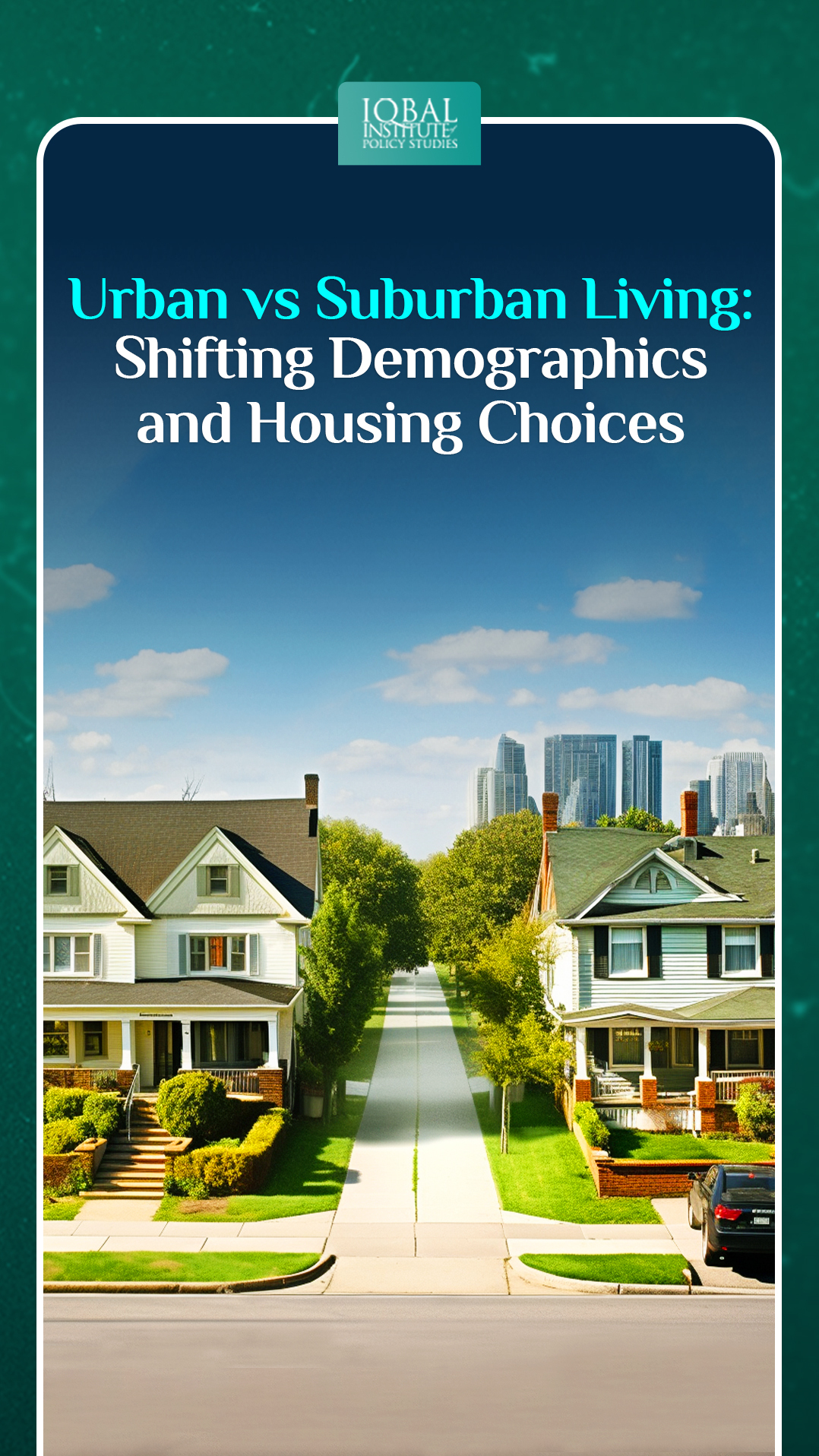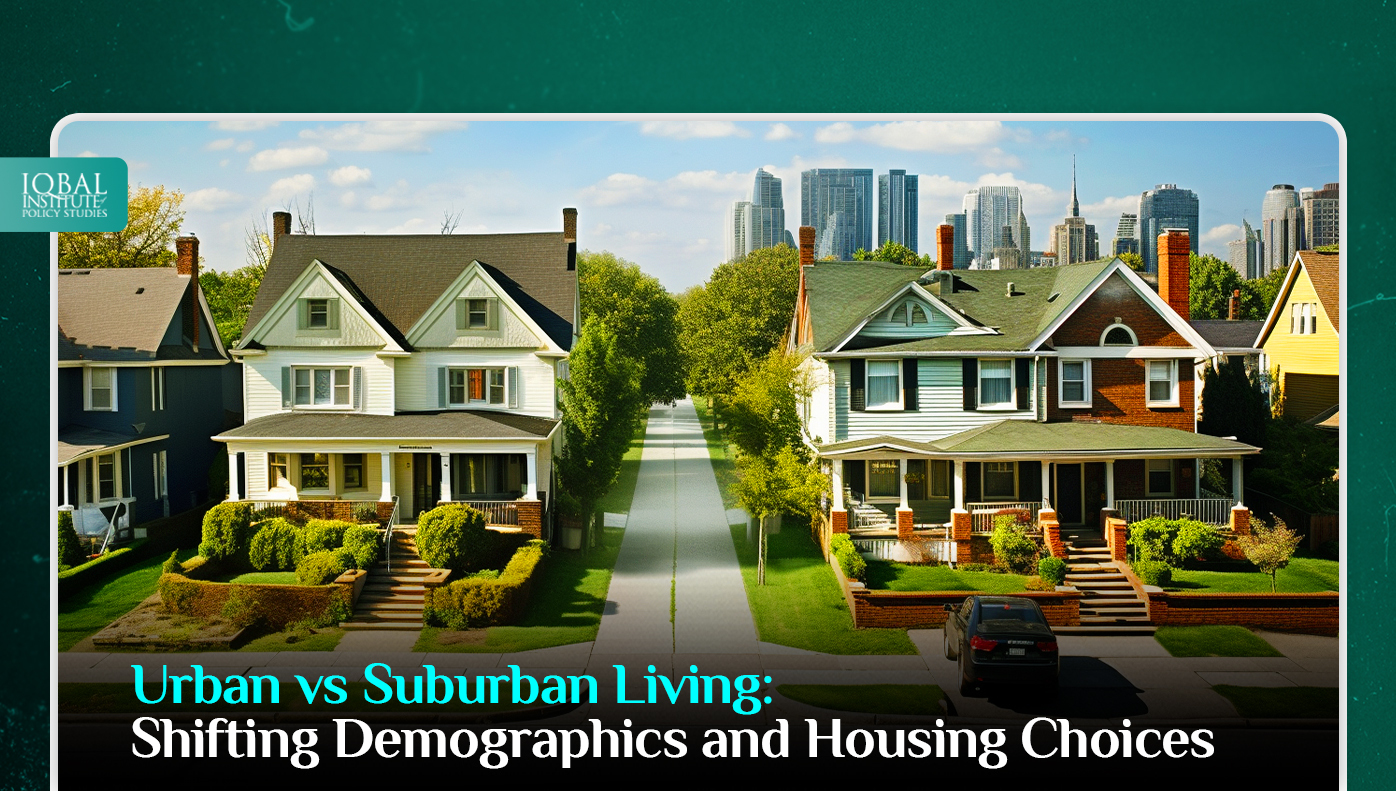Urban and suburban living dynamics have undergone significant changes in recent decades. As populations grow, people’s preferences for housing locations have shifted, leading to new urbanization trends and the rise of suburban communities. This blog post explores the factors influencing these housing choices, the impact on demographics, and the implications for individuals and society.
Defining Urban and Suburban Living:
Urbanization is the process of the population shift from rural to urban areas, resulting in the growth and expansion of cities and towns. It involves the concentration of people, infrastructure, and economic activities within urban areas. Urbanization is driven by various factors, including industrialization, economic development, employment opportunities, and the desire for better living standards. It brings about significant changes in the physical and social landscape, with high-rise buildings, infrastructure development, and public spaces shaping vibrant and dynamic city environments.
On the other hand, suburban living refers to residing in areas on the outskirts of cities or in satellite communities that are connected to urban centers. Suburbs typically have lower population densities compared to urban areas and are characterized by larger homes, more green spaces, and a more residential atmosphere. Suburbs provide a balance between urban amenities and a quieter, family-oriented lifestyle. Suburban living often appeals to those seeking a more suburban lifestyle, away from the noise, pollution, and fast-paced nature of city life. It provides a more relaxed and tranquil environment, with access to natural landscapes, parks, and recreational facilities. Additionally, suburban communities often foster a strong sense of community, with neighborhood associations, local events, and a focus on family-friendly activities.
Factors Influencing Housing Choices:
- Lifestyle Preferences:
Individuals’ changing lifestyles and preferences play a crucial role in housing choices. Many urban dwellers seek the vibrancy, cultural diversity, and accessibility of amenities that cities offer. They are drawn to the proximity of entertainment, employment opportunities, educational institutions, and cultural events. In contrast, suburban living appeals to those who prioritize space, privacy, a quieter environment, and a sense of community.
- Affordability:
The affordability of housing is a significant factor influencing housing choices. Rapid urbanization often leads to increased demand for housing in cities, driving up prices. As a result, some individuals and families, particularly those with lower incomes, are forced to seek more affordable options outside the city center. Suburbs typically offer larger, more affordable homes than urban areas, making them attractive to families and individuals looking for a better cost of living.
- Commute and Transportation:
The proximity to workplaces and transportation options is critical for many individuals. Living in urban areas allows for shorter commute times, as job opportunities are concentrated in cities. The availability and efficiency of public transportation systems also play a role in housing decisions. Suburban living, on the other hand, may require longer commutes, but it often offers a quieter lifestyle away from the hustle and bustle of urban centers.
- Demographic Changes:
The changing demographics of societies also influence housing choices. Older individuals often seek to downsize as the population ages and move to more accessible and age-friendly communities. Additionally, the preferences of the younger generation, including millennials and Generation Z, who value flexibility, affordability, and a work-life balance, have driven the demand for more urban living options in city centers.
Impact on Demographics:
- Aging Population:
The aging population has contributed to the growth of suburban living. Older individuals and retirees often prefer the amenities, accessibility, and quietness that suburban areas can provide. This trend has led to the development of age-restricted communities and retirement villages tailored to the needs of older residents. Suburban living offers the advantage of larger homes, green spaces, and a sense of community, which are desirable for aging populations.
- Migration Patterns:
Migration patterns also shape housing choices. In some regions, urban areas experience population declines as residents move to suburbs or rural areas. This phenomenon is often observed when individuals seek a more affordable cost of living or a change in lifestyle. On the other hand, young professionals and individuals seeking career opportunities may migrate to urban centers, contributing to their growth and vibrancy.
- Socioeconomic Diversity:
The shift towards suburban living has implications for socioeconomic diversity. Urban areas often attract a diverse range of residents due to the availability of employment opportunities and cultural amenities. However, as more affluent individuals move to suburban areas, there is a risk of increasing socioeconomic segregation. This pattern can lead to a concentration of wealth in certain neighborhoods, limiting access to resources and opportunities for those in lower-income brackets.
Implications and Challenges:
- Infrastructure and Sustainability:
Urbanization places immense pressure on infrastructure, including transportation networks, utilities, and public services. As cities grow, housing, water, energy, and transportation demand increases. Ensuring the sustainable development of urban areas becomes crucial to avoid straining resources and causing environmental degradation. While offering more space, suburban living also requires careful planning to prevent urban sprawl and maintain environmental sustainability.
- Social Cohesion and Community:
The choice between urbanization and suburban living can impact social cohesion and community engagement. Urban areas foster cultural diversity, social interactions, and a sense of belonging, which can promote community engagement. Conversely, suburban areas often have more close-knit communities, where residents have stronger ties and engage in community activities. Striking a balance between the two can promote social cohesion and create a sense of belonging for all residents.
- Transportation and Commute:
The choice between urban and suburban living affects transportation and commute patterns. Urban areas often provide better access to public transportation systems, reducing reliance on private vehicles and promoting sustainability. Suburban living, however, typically requires private transportation, leading to increased traffic congestion and longer commute times. Developing efficient transportation systems that connect suburbs to urban centers can mitigate these challenges.
Conclusion:
The ongoing debate between urbanization and suburban living reflects individuals’ shifting demographics and housing choices. Lifestyle preferences, affordability, transportation options, and demographic changes influence these decisions. While both urban and suburban areas offer unique advantages, careful planning, and sustainable development are necessary to ensure the well-being of residents, address infrastructure challenges, and promote social cohesion. Ultimately, a balanced approach that considers the diverse needs of individuals and communities can lead to thriving urban and suburban environments.
This article is written by Radma Nouman. Radma is a Research Analyst at the Iqbal Institute of Policy Studies (IIPS).



Leave a Reply